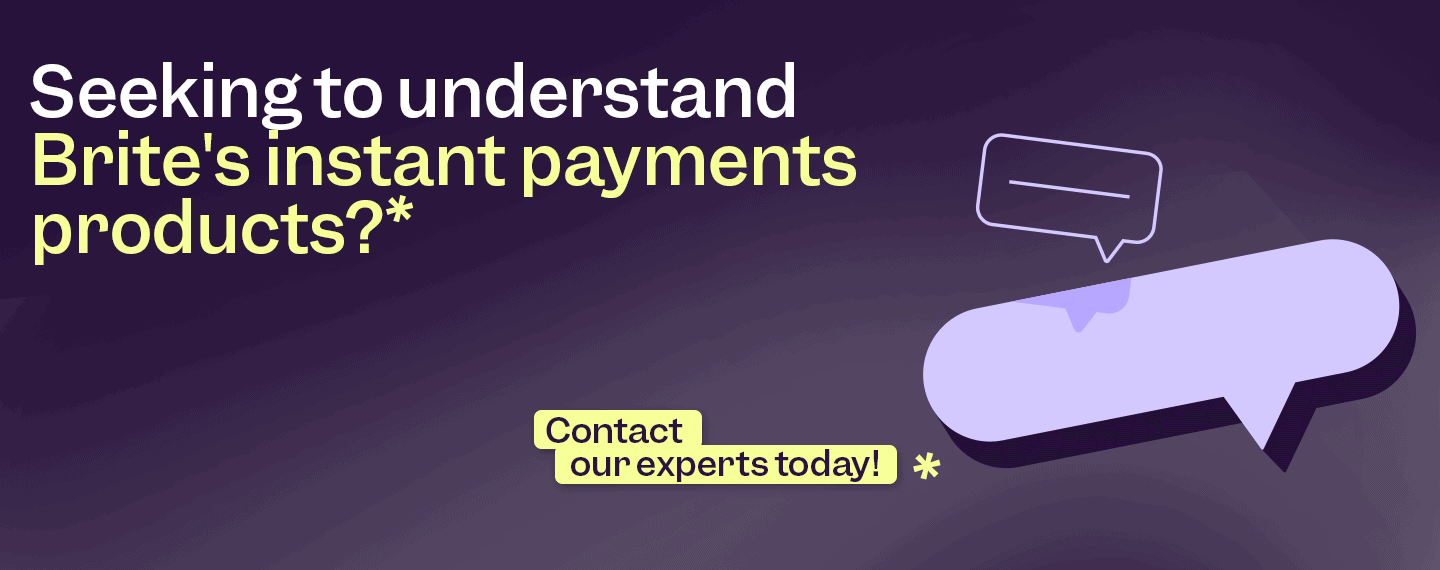
When a customer makes a purchase, the transaction goes through a list of stages, including authorisation, approval, and batching before reaching the final stage: payment settlement.
Payment settlement concludes the transaction and allows businesses to access the funds. For that reason, the speed and efficiency of the process can impact a business’s cash availability and financial management.
In this article, we’ll cover what payment settlement means, how the process works, and best practices for ensuring an effective payment settlement process.
What does payment settlement mean?
Payment settlement is the process of finalising a financial transaction between a buyer and a seller.
When a customer makes a purchase, the transaction goes through different stages, including authorisation and batching, before reaching settlement. The settlement process is the final stage of the transaction – it’s when the funds are transferred from the buyer’s account to the seller’s, concluding the transaction and enabling the business to access the funds.
For that reason, the speed and efficiency of the payment settlement process can affect a business’s cash availability and financial management.
The payment settlement process: How it works
Payment settlement takes place at the end of the transaction life cycle:
-
- Authorisation: When a customer initiates a payment, an authorisation request is sent to the acquiring bank. The acquiring bank forwards the request to the card association, which routes it to the issuing bank.
-
- Verification: The issuing bank verifies the validity of the transaction, checks for sufficient funds or credit limit, and assesses the risk parameters. The transaction is then approved or declined, and the issuing bank sends a response back to the business.
-
- Approval: If the transaction is approved, the issuing bank reserves the amount in the cardholder’s account. If the issuing bank declines the transaction, the business will receive a response with the bank’s reasoning.
-
- Capture: When the business is ready to finalise the transaction amount – typically either at the end of the business day or after the service is provided – the capture process is initiated. The capture request is sent to the payment processor or acquiring bank, instructing them to finalise the transaction.
-
- Batching: At the end of the business day, the business sends all authorised transactions from that day grouped together as a batch.
-
- Clearing and interchange: The acquiring bank forwards the batched transactions to the card network, which then routes the transactions to the respective issuing bank and calculates interchange fees.
-
- Settlement: The issuing bank transfers the amount to the card network, which then transfers it to the acquiring bank.
-
- Funding: Settlement marks the transfer of funds between banks – funding is when the money becomes available in the business’ account. The account is credited with the net transaction amount, i.e. the gross amount minus interchange fees, acquiring bank fees, and other applicable fees.
-
- Reconciliation: The transaction amounts are matched with the amounts that have been settled and funded, identifying any discrepancies to ensure issues may be resolved quickly.
Different types of payment settlement
Because there are multiple parties involved in payment settlement, there are different types of settlement:
-
- Issuer settlement: This involves the issuing bank (the cardholder’s bank) settling funds with the payment network (Visa, Mastercard, etc.). The issuer deducts funds from the cardholder’s account and transfers them to the network, which then routes them to the acquiring bank.
-
- Merchant settlement: This is how merchants receive funds for transactions processed through their payment provider (acquirer). Once a transaction is authorised, the acquiring bank settles the funds with the merchant – typically after deducting any applicable fees.
-
- Acquirer settlement: The acquiring bank (merchant’s bank) settles transactions with the payment network after receiving funds from the issuer. The acquirer then deposits the net proceeds into the merchant’s account.
-
- Interchange settlement: This refers to the movement of funds between the acquiring and issuing banks via the card network. The issuer pays the acquiring bank, and interchange fees are deducted and distributed accordingly.
-
- Real-time or instant settlement: With the rise of digital payments, some payment processors now offer instant or near-instant settlement, bypassing traditional delays. For example, Brite Payments offers these services as standard.
-
- Batch settlement: Transactions are grouped and processed together at set intervals – e.g. at the end of the business day – rather than individually.
Finally, there is net settlement vs gross settlement:
-
- Net settlement is when transactions are accumulated over a period, and only the net amount is settled after deductions.
-
- Gross settlement is when each transaction is settled individually in real-time.
Payment settlement: Best practices
Effective payment settlement is essential for businesses to ensure smooth cash flow, minimise risks and optimise transaction processing.
To achieve it, here are some best practices to follow:
Optimise settlement timing
Based on your business needs, you can choose between real-time, batch, or scheduled settlements. If you have high transaction volumes, batch settlement at set intervals – e.g., at the end of the business day – can help you reduce processing fees.
Monitor and reconcile transactions regularly
Conduct daily reconciliations to compare settlement reports from payment processors with bank statements. Bonus points for using automated reconciliation tools – they can help you flag discrepancies early.
Minimise settlement delays
Work with payment providers that offer faster settlement times, such as instant or same-day settlement. Ensure the correct merchant category codes to avoid delays due to risk classifications.
Reduce settlement fees
If your transaction volumes are high, negotiate lower interchange rates with your payment processor. Choose payment methods with lower processing costs, such as ACH over credit card payments when applicable.
Improve fraud prevention and chargeback management
Use strong authentication measures, like 3D Secure, for card-not-present transactions. Implement real-time fraud detection tools to reduce disputes and prevent chargebacks.
Ensure compliance with regulations
Follow PCI DSS (Payment Card Industry Data Security Standard) for secure payment processing, and stay compliant with Anti-Money Laundering (AML) and Know Your Customer (KYC) regulations for international transactions.
Work with reliable payment partners
Choose a trusted payment processor, such as Brite Payments, or an acquirer that provides transparent reporting and robust security measures. If you operate internationally, make sure they offer multicurrency settlement capabilities.
Payment settlement using Brite IPN
However, when it comes to A2A payments for the best results, a proprietary network, connected to thousands of bank accounts across Europe, is the way to go.
If you would like to find out more about Brite Payments’s smooth settlement for its Instant Payments and Payouts products, get in touch now.

